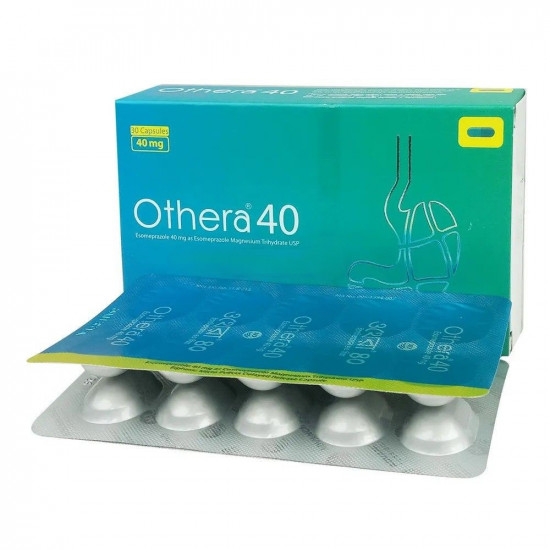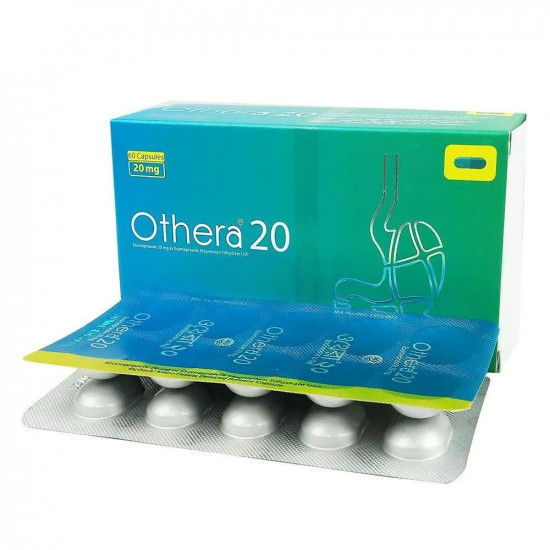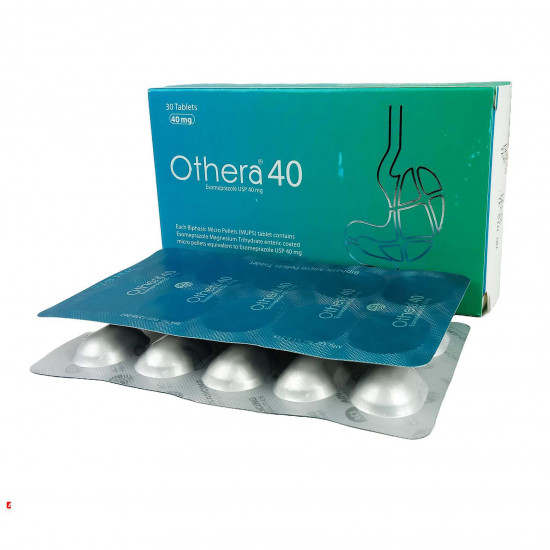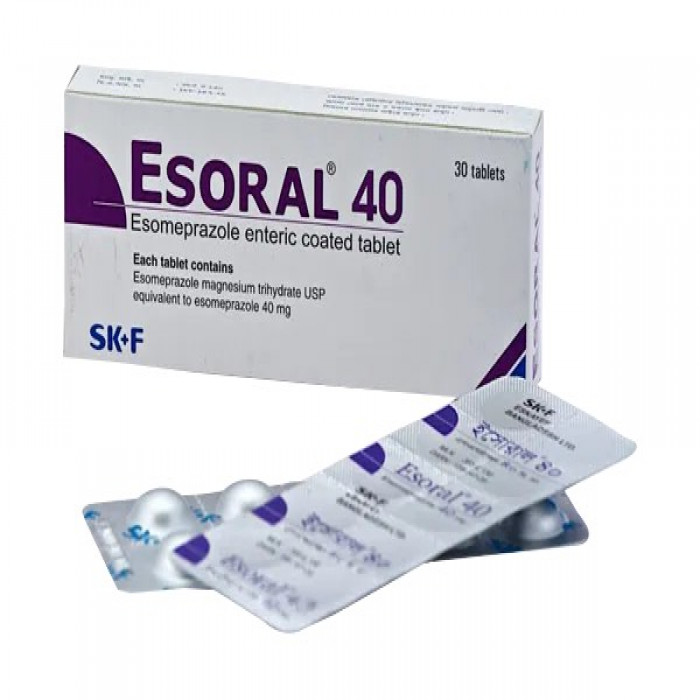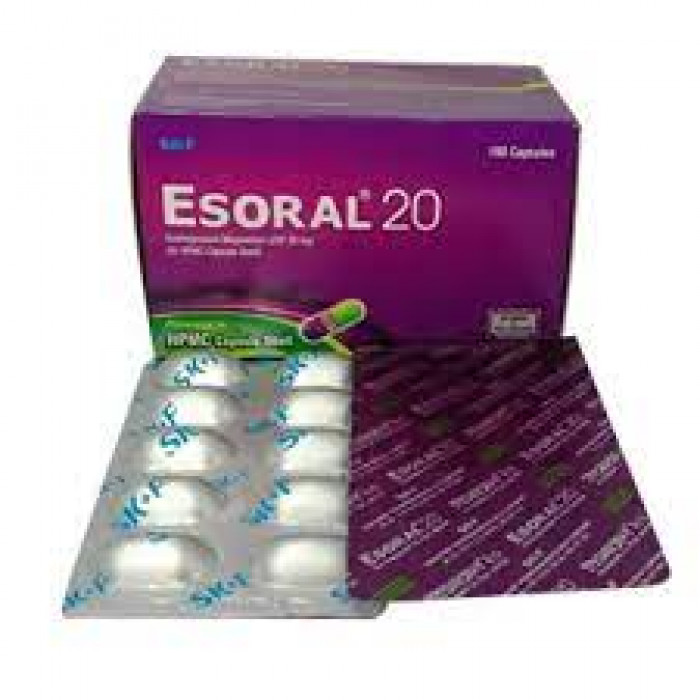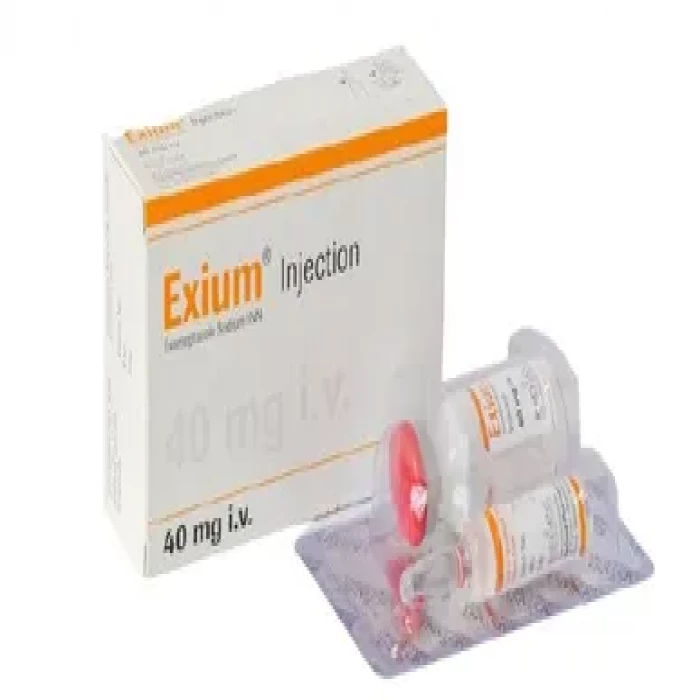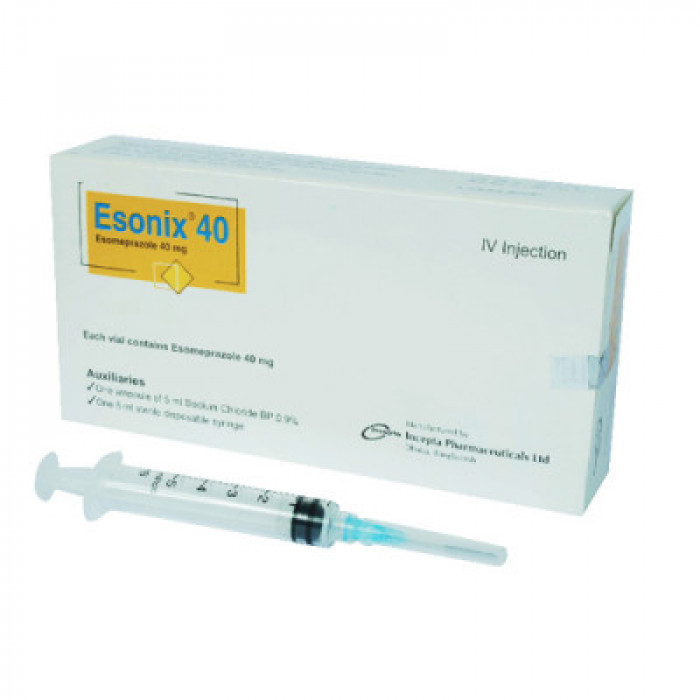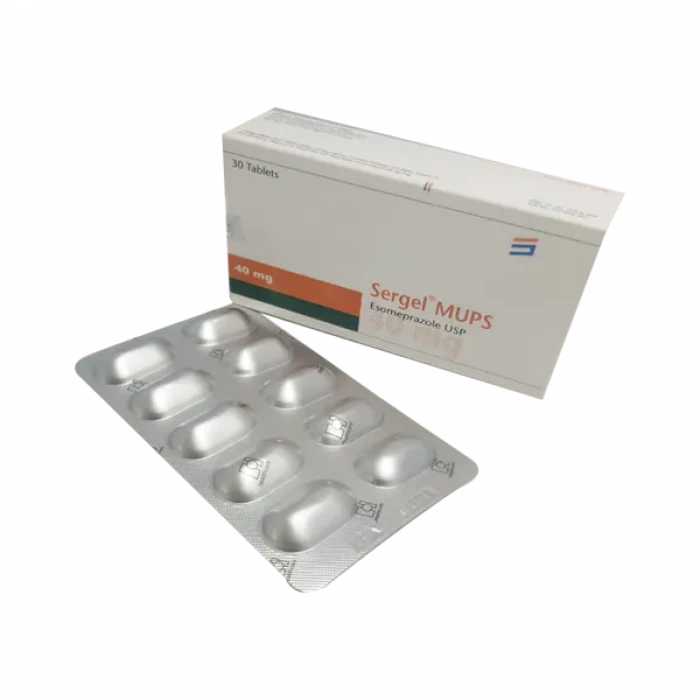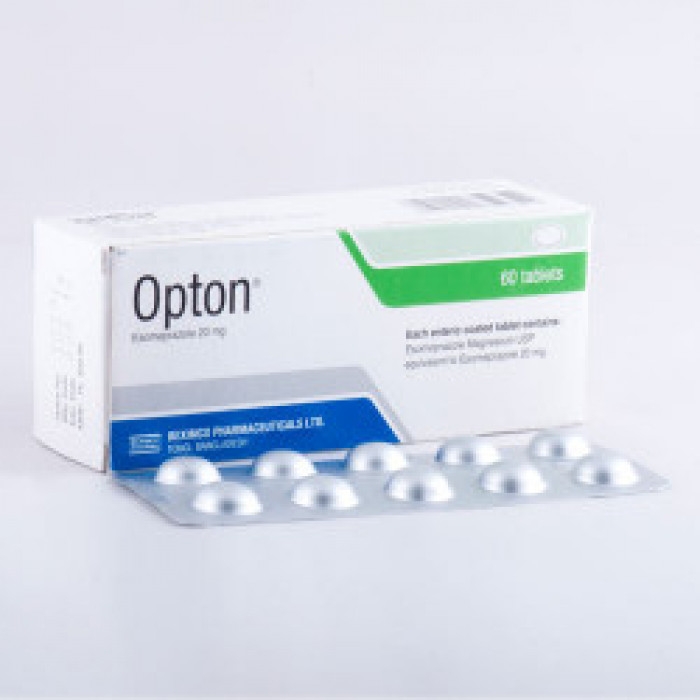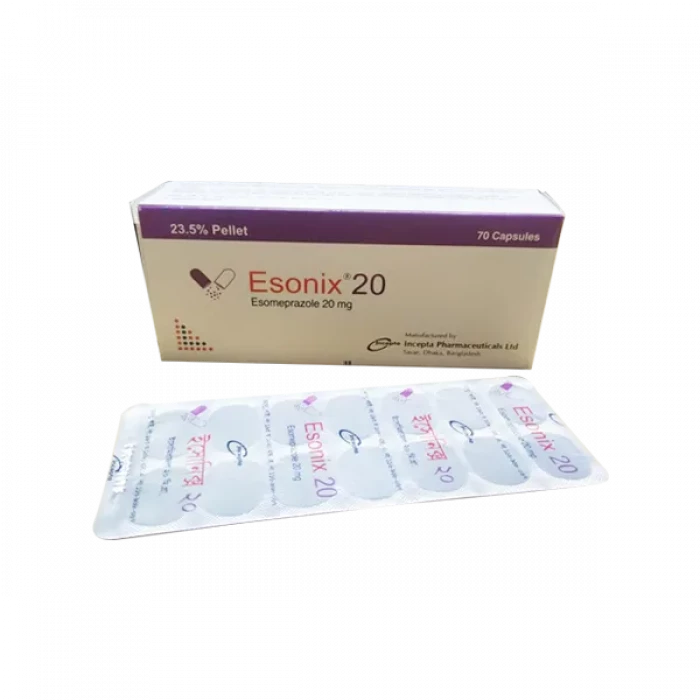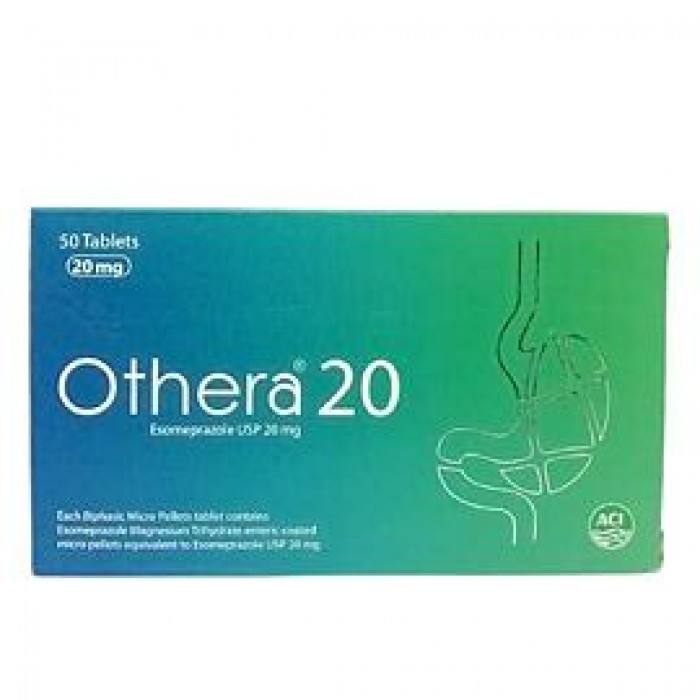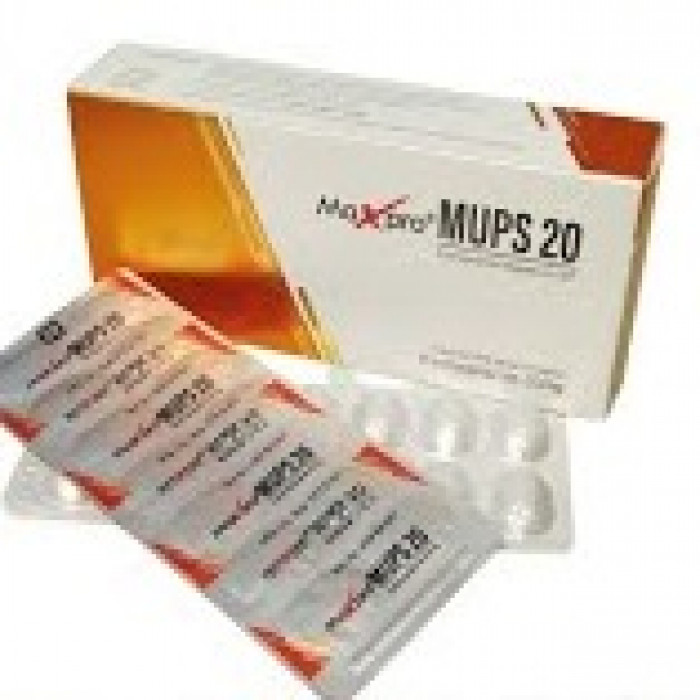
✔ 100% Authentic Product
👁️ Currently Viewing 3339
Esomeprazole used to treat:
- Gastroesophageal reflux disease (GERD)
- Stomach ulcers and intestinal ulcers caused by Helicobacter pylori infection and NSAIDs (Non-Steroidal Anti-Inflammatory Drugs)
- Zollinger-Ellison syndrome
Discount
Price: ৳ 92
MRP:
৳
98
6%
Off

100% Genuine Products, Guaranteed

Safe & Secure Payments, Always

Fast, Secure & Efficient Delivery

Proper Packaging
 Cash on Delivery - All over Bangladesh
Cash on Delivery - All over Bangladesh Regular Delivery - 12-24 Hours, Dhaka City* Charge Tk.39-59
Regular Delivery - 12-24 Hours, Dhaka City* Charge Tk.39-59 Regular Delivery - 24-48 Hours, Other Cities* Charge Tk.99-110
Regular Delivery - 24-48 Hours, Other Cities* Charge Tk.99-110
 ফ্রি ডেলিভারিঃ - ৯৯৯ টাকা+ অর্ডারে, ঢাকা
শহরে
ফ্রি ডেলিভারিঃ - ৯৯৯ টাকা+ অর্ডারে, ঢাকা
শহরে ফ্রি ডেলিভারিঃ - ২৯৯৯ টাকা+ অর্ডারে, ঢাকার
বাহিরে
ফ্রি ডেলিভারিঃ - ২৯৯৯ টাকা+ অর্ডারে, ঢাকার
বাহিরে
100% Genuine Products, Guaranteed
Safe & Secure Payments, Always
Fast, Secure & Efficient Delivery
Proper Packaging
 Cash on Delivery - All over Bangladesh
Cash on Delivery - All over Bangladesh Regular Delivery - 12-24 Hours, Dhaka City* Charge Tk.39-59
Regular Delivery - 12-24 Hours, Dhaka City* Charge Tk.39-59 Regular Delivery - 24-48 Hours, Other Cities* Charge Tk.99-110
Regular Delivery - 24-48 Hours, Other Cities* Charge Tk.99-110 ফ্রি ডেলিভারিঃ - ৯৯৯ টাকা+ অর্ডারে, ঢাকা
শহরে
ফ্রি ডেলিভারিঃ - ৯৯৯ টাকা+ অর্ডারে, ঢাকা
শহরে ফ্রি ডেলিভারিঃ - ২৯৯৯ টাকা+ অর্ডারে, ঢাকার
বাহিরে
ফ্রি ডেলিভারিঃ - ২৯৯৯ টাকা+ অর্ডারে, ঢাকার
বাহিরে
✅ Description:
- Maxima 20mg Capsule belongs to the class of drugs known as proton pump inhibitors (PPIs). It reduces the amount of acid produced by the stomach by blocking the actions of the gastric proton pump enzyme (H+/K+ ATPase). This helps in treating conditions such as gastroesophageal reflux disease (GERD), stomach ulcers, and Zollinger-Ellison syndrome.
- Maxima 20mg Capsule works by preventing the release of stomach acid, thereby relieving symptoms of esophagitis (inflammation of the food pipe) and GERD, including heartburn. It is also effective in treating stomach ulcers and hyperacidity associated with Zollinger-Ellison syndrome.
- Maxima 20mg Capsule should be taken 1-2 hours prior to a meal. The duration of treatment with Maxima 20mg Capsule should be as prescribed by your doctor, based on your medical condition. It's important to follow the dosage instructions provided by your doctor or mentioned in the medication package insert.
- Inform your doctor if you have a history of stomach or intestinal cancer, liver problems, or if you are allergic to Maxima 20mg Capsule. Prolonged use of Maxima 20mg Capsule may lead to a deficiency of Vitamin B12 and lower levels of calcium, magnesium, and Vitamin D, which can increase the risk of conditions like osteoporosis.
Safety Advices
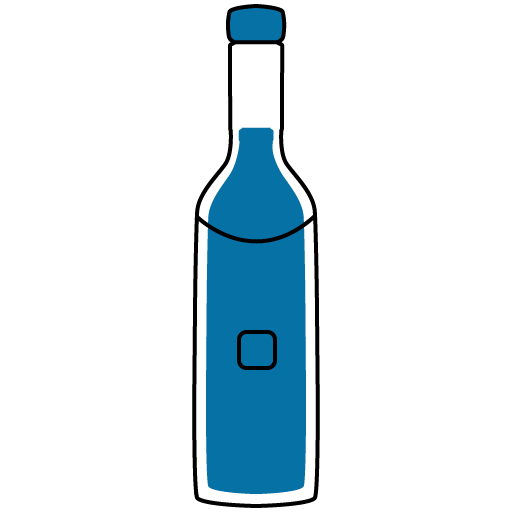
Alcohol
CAUTION
Caution is advised when consuming alcohol with Maxima 20mg Capsule.

Pregnancy
CONSULT YOUR DOCTOR
Maxima 20mg Capsule may be unsafe to use during pregnancy. Although there are limited studies in humans, animal studies have shown harmful effects on the developing baby. Your doctor will weigh the benefits and any potential risks before prescribing it to you. Please consult your doctor.

Breastfeeding
CONSULT YOUR DOCTOR
Maxima 20mg Capsule is probably unsafe to use during breastfeeding. Limited human data suggests that the drug may pass into the breastmilk and harm the baby.

Driving
CAUTION
It is not known whether Maxima 20mg Capsule alters the ability to drive. Do not drive if you experience any symptoms that affect your ability to concentrate and react.
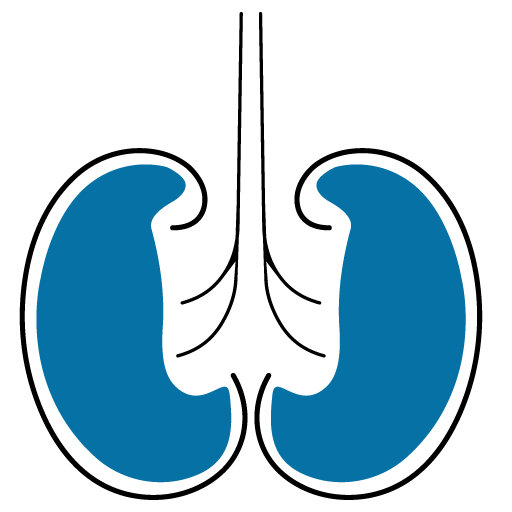
Kidney
CONSULT YOUR DOCTOR
Maxima 20mg Capsule is safe to use in patients with kidney disease. No dose adjustment of Maxima 20mg Capsule is recommended.
However, inform your doctor if you have any kidney disease.

Liver
CAUTION
Maxima 20mg Capsule should be used with caution in patients with severe liver disease. Dose adjustment of Maxima 20mg Capsule may be needed. Please consult your doctor.
✔️ Uses of Maxima 20mg Capsule
- Hyperacidity
- Heartburn
- Stomach Ulcer
- Zollinger-Ellison Syndrome
✔️ How does Maxima 20mg Capsule work?
Maxima 20mg Capsule decreases the acid production in your stomach. It also fastens the healing process for ulcers.
✔️ Side Effects of Maxima 20mg Capsule
- Headache
- Nausea or vomiting
- Excessive gas in the stomach
- Stomach pain
- Skin rash
- Difficulty in breathing
- Swelling of face, lips, eyelids, tongue, hands and feet
- Irregular heartbeat
- Diarrhea
- Decreased appetite
- Dizziness
✔️ Quick Suggestions:
- Well-Tolerated Medicine: Maxima 20mg Capsule is generally well-tolerated and provides long-lasting relief for acid-related conditions.
- Dietary Guidelines: Avoid eating late at night or before bedtime. Additionally, it is recommended to avoid intake of acid or heartburn-triggering foods or drinks such as onions, peppermint, chocolate, caffeinated beverages, citrus fruits or juices, tomatoes, and high-fat and spicy foods.
- Watery Diarrhea and Stomach Pain: Inform your doctor if you experience persistent watery diarrhea, fever, or stomach pain that does not go away. These symptoms could indicate a potential adverse reaction to the medication.
- Weak Bones and Mineral Deficiency: Long-term use of Maxima 20mg Capsule may increase the risk of weak bones and deficiencies in minerals such as magnesium. It is advisable to ensure adequate intake of calcium and magnesium through diet or supplements as prescribed by your doctor.
- Kidney Problems: Consult your doctor immediately if you develop decreased urination, edema (swelling due to fluid retention), lower back pain, nausea, fatigue, rash, or fever. These symptoms could be signs of a kidney problem associated with the medication.
- Lifestyle Modifications: Elevate the head of your bed while sleeping to prevent stomach acid from flowing back into the food pipe. Avoid alcohol consumption and cigarette smoking, as they can exacerbate heartburn and acid reflux.
- Nutrient-Rich Foods: Include high-fiber foods, berries, cherries, leafy green vegetables (such as kale and spinach), and black peppers in your diet. These foods are rich in antioxidants, calcium, and vitamin B12, which can help mitigate the long-term effects of the medication. Fermented dairy products containing probiotics, such as miso, sauerkraut, and kimchi, can help prevent excess stomach acid production. Cranberry juice may be beneficial for peptic ulcers and H. pylori infection.
- Avoid Prolonged Sitting: Taking breaks from prolonged sitting by engaging in brisk walking or stretching every hour can help reduce stomach acid production.
✔️ Indication
This medication is used in the treatment of conditions caused by excessive production of acid in the stomach.
✔️ Pharmacology
Esomeprazole, the S-isomer of omeprazole, is a proton pump inhibitor that inhibits the H+/K+-ATPase in gastric parietal cells, thereby reducing gastric acid output. Here are some additional points regarding the assimilation, protein binding, distribution, and metabolism of esomeprazole:
Assimilation: Esomeprazole capsules contain enteric-coated pellets of esomeprazole magnesium. After oral administration, peak plasma levels (Cmax) are reached at approximately 1.5 hours (Tmax). Increasing the dosage results in a proportional increase in Cmax, and the area under the plasma concentration-time curve (AUC) increases threefold when the dose is increased from 20 to 40 mg. With repeated once-daily dosing, the systemic bioavailability is approximately 90% compared to 64% after a single dose. The AUC after a single dose of esomeprazole is reduced by 33-53% when taken with food compared to fasting conditions. It is recommended to take esomeprazole at least one hour before meals.
Protein Binding: Esomeprazole binds to plasma proteins about 97% of the time. The degree of plasma protein binding remains constant over a concentration range of 2-20 mmol/L.
Distribution: In healthy volunteers, the apparent volume of distribution at steady state is approximately 16 L.
Metabolism: Esomeprazole undergoes extensive metabolism in the liver by the cytochrome P450 (CYP) enzyme system. The metabolites of esomeprazole do not possess anti-secretory properties. The CYP2C19 isoenzyme is primarily responsible for the formation of the hydroxy and desmethyl metabolites of esomeprazole, while the sulphone metabolite is formed by CYP3A4. These metabolic processes contribute to the elimination of esomeprazole from the body.
In summary, esomeprazole is well-absorbed after oral administration, with peak plasma levels reached within 1.5 hours. It has high plasma protein binding and an apparent volume of distribution of 16 L. Esomeprazole undergoes significant metabolism by the CYP enzyme system, primarily involving CYP2C19 and to a lesser extent, CYP3A4.
✔️ Dosage & Administration of
Adult Dose:
- GERD Without Erosive Esophagitis: 20 mg orally once a day for 4 weeks. Consider an additional 4 weeks of treatment if symptoms do not completely resolve in the first 4 weeks.
- GERD With Erosive Esophagitis: 20-40 mg orally once a day for 4-8 weeks.
- If oral therapy is inappropriate or not possible: 20-40 mg intravenously once a day for up to 10 days, then switch to oral administration once the patient can swallow.
- Maintenance: 20 mg orally once a day for up to 6 months.
- Risk Reduction of NSAID-Associated Gastric Ulcer: 20-40 mg orally once a day for up to 6 months.
- NSAID-Induced Gastric Ulcer: 20 mg orally once a day for 4-8 weeks.
- Zollinger-Ellison Syndrome: Initial dose of 80 mg orally divided every 12 hours, adjusted based on efficacy, up to a maximum of 240 mg orally once a day or 120 mg orally every 12 hours.
Child Dose:
- GERD Without Erosive Esophagitis:
- 1-12 years: 10-20 mg orally once a day for up to 8 weeks.
12 years: 20-40 mg orally once a day for up to 8 weeks.
- GERD With Erosive Esophagitis (Healing):
- 1 month to 1 year:
- <3.5 kg: 2.5 mg orally once a day for up to 6 weeks.
- 1 month to 1 year:
3.5-7.5 kg: 5 mg orally once a day for up to 6 weeks.
7.5 kg: 10 mg orally once a day for up to 6 weeks.
- 1-12 years:
- <20 kg: 10 mg orally once a day for 8 weeks.
20 kg: 10-20 mg orally once a day for 8 weeks.
12 years: 20-40 mg orally once a day for 4-8 weeks.
- Maintenance: 20 mg orally once a day for up to 6 months.
Renal Dose: No dosage adjustment is needed for patients with renal impairment.
It is important to follow your doctor's instructions regarding the correct dose and duration of the Maxima 20mg Capsule. The tablet should be swallowed whole with a glass of water and should not be crushed or chewed. Individual dosages may vary depending on factors such as age, body weight, and the specific condition being treated.
✔️ Interaction
- Alcohol Interaction: The interaction between Maxima 20mg Capsule 15's and alcohol is not well-known. It's advisable to consult your doctor before consuming alcohol while taking this medication.
- Interaction with Lab Test: Maxima 20mg Capsule should not be used during neuroendocrine/carcinoid tumor testing, as it may lead to a false-positive result for this diagnostic test. It's important to inform the healthcare provider conducting the test about your medication use.
Interaction with Medicines:
- a. Clopidogrel: Inform your doctor if you are taking Clopidogrel. They may prescribe a safer alternative to reduce stomach acidity while you are being treated with Clopidogrel.
- b. Ketoconazole: Use Maxima 20mg Capsule with caution if you are also taking Ketoconazole or other antifungals of the same group. It's important to inform your doctor about the use of these medications so that they can prescribe safer alternatives.
- c. Methotrexate: Maxima 20mg Capsule should not be used with Methotrexate. Inform your doctor about the use of either of these drugs so that a safer substitute can be prescribed.
- d. Warfarin: Monitor the usage of Maxima 20mg Capsule with Warfarin closely. Suitable adjustments in dosage and monitoring of Prothrombin time are necessary to ensure safety. Any unusual bleeding, swelling, vomiting, or presence of blood in the urine should be reported immediately.
- e. Nelfinavir: Maxima 20mg Capsule is not recommended if you are already taking antiviral medications like Nelfinavir or other drugs used in the management of HIV infection.
- f. Digoxin: Use Maxima 20mg Capsule with caution if you are on Digoxin. Inform your doctor about the use of either of these drugs. Any symptoms like nausea, vomiting, diarrhea, loss of appetite, disturbances in vision, or abnormalities in heartbeat should be reported immediately.
Interaction with Diseases:
- a. Liver Disease: Report any history of liver disease to your doctor. Suitable dose adjustments may be required based on the extent of liver impairment.
- b. Osteoporosis: Dose adjustment may be necessary in patients with osteoporosis-related fractures.
- c. Hypomagnesemia: Inform your doctor if you have an imbalance in magnesium levels. Regular monitoring is advised for patients taking Maxima 20mg Capsules in such cases.
✔️ Contraindications
- If you are allergic to Esomeprazole or any other ingredients of the Maxima 20mg Capsule.
- If you are taking an anti-HIV medicine - Nelfinavir.
✔️ Pregnancy & Lactation
Pregnancy:
- Adequate and well-controlled studies on the use of esomeprazole in pregnant women are lacking.
- Available epidemiologic data on omeprazole (which is similar to esomeprazole) do not indicate an increased risk of major birth defects or other adverse outcomes when used during the first trimester of pregnancy.
- Animal studies in rats and rabbits have shown embryo lethality at doses of omeprazole that were higher than the recommended human dose.
Lactation:
- Limited data suggest that omeprazole, which is similar to esomeprazole, may be present in human breast milk.
- There are no clinical studies evaluating the effects of esomeprazole on breastfed infants or on milk production.
- It is important to consider the developmental and health benefits of breastfeeding, as well as the mother's clinical need for therapy when determining whether to use esomeprazole during breastfeeding.
Overall, the available information suggests that there is no clear evidence of an increased risk of major birth defects or adverse pregnancy outcomes with the use of omeprazole (and by extension, esomeprazole) during pregnancy. However, it is important to note that individual circumstances may vary, and decisions regarding medication use during pregnancy and lactation should be made in consultation with a healthcare professional who can assess the specific situation and provide personalized advice.
✔️ Precautions & Warnings
- Allergy: Avoid taking Maxima 20mg Capsule if you are allergic to Maxima 20mg Capsule or proton pump inhibitors (PPIs).
- Gastric cancer: Maxima 20mg Capsule should be avoided in individuals with gastric cancer.
- Liver disease: Individuals with liver disease should avoid using Maxima 20mg Capsules.
- Low magnesium level: If you have osteoporosis or a known low magnesium level, caution is advised when taking Maxima 20mg Capsule.
- Low vitamin B12: Individuals with low levels of vitamin B12 should be cautious when using Maxima 20mg Capsule
- Pregnancy: It is not recommended to take Maxima 20mg Capsule if you are pregnant or planning for pregnancy.
- Breastfeeding: Breastfeeding mothers should avoid using Maxima 20mg Capsule due to limited data on its effects on breastfed infants and milk production.
✔️ Storage Conditions
Store in a dry area at a temperature of not more than 30°C. Light and dampness should be avoided. Keep out of children's reach.
⚠️Disclaimer:
At ePharma, we’re committed to providing accurate and accessible health information. However, all content is intended for informational purposes only and should not replace medical advice from a qualified physician. Please consult your healthcare provider for personalized guidance. We aim to support, not substitute, the doctor-patient relationship.





